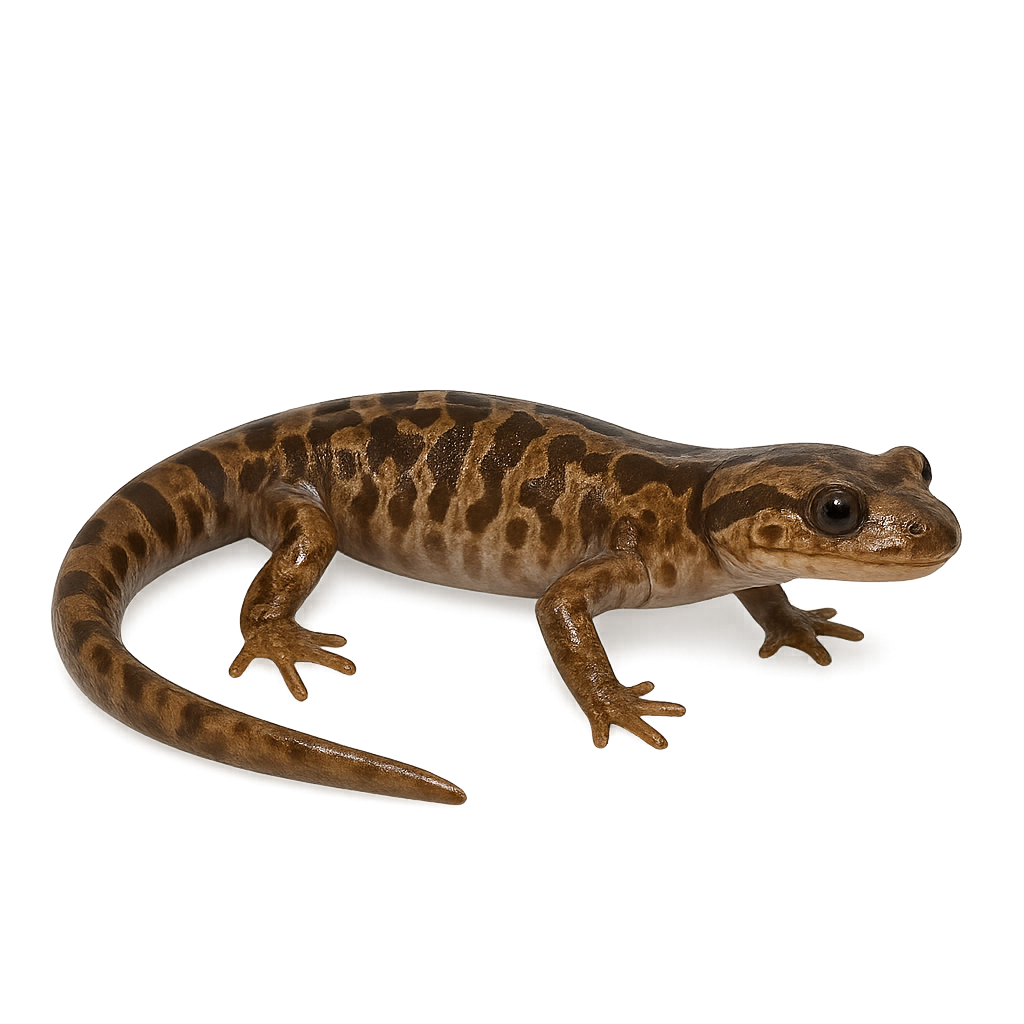Your wildlife photography guide.
Explore the coastal giant salamander in detail, study its behavior, prepare your shots.
Where to observe and photograph the coastal giant salamander in the wild
Learn where and when to spot the coastal giant salamander in the wild, how to identify the species based on distinctive features, and what natural environments it inhabits. The WildlifePhotographer app offers tailored photography tips that reflect the coastal giant salamander’s behavior, helping you capture better wildlife images. Explore the full species profile for key information including description, habitat, active periods, and approach techniques.
Coastal Giant Salamander
Scientific name: Dicamptodon tenebrosus

IUCN Status: Least Concern
Family: DICAMPTODONTIDAE
Group: Amphibians
Sensitivity to human approach: Suspicious
Minimum approach distance: 3 m
Reproduction period: September to October
Incubation: 200 jours
Births: September to October
Habitat:
moist forests, streams, riparian zones
Activity period :
Mainly active at night, generally discreet during the day.
Identification and description:
The Coastal Giant Salamander, Dicamptodon tenebrosus, is a fascinating species of salamander primarily inhabiting the moist forests of the Pacific Northwest in North America. Known for its large size, it can grow up to 35 cm in length. Its skin is typically dark brown with lighter marbled patterns, allowing it to blend effectively into its natural surroundings. This salamander is mostly nocturnal, feeding on invertebrates, small fish, and occasionally small mammals. It plays a crucial role in the ecosystem by regulating insect populations and serving as prey for other animals. Although relatively tolerant of human disturbances, habitat destruction poses a threat to its survival.
Recommended lens:
Macro – adjust based on distance, desired framing (portrait or habitat), and approach conditions.
Photography tips:
To photograph the Coastal Giant Salamander, it is advisable to use a macro lens to capture the details of its marbled skin. Look for it near streams or in moist forests, especially after rain. Be patient and discreet to avoid disturbing it, as it is suspicious. Use a tripod to stabilize your camera in the low-light conditions of its natural habitat. Favor twilight or nighttime hours to observe its activity.
The WildlifePhotographer App is coming soon!
Be the first to explore the best nature spots, track rutting seasons, log your observations, and observe more wildlife.
Already 1 432 wildlife lovers subscribed worldwide

